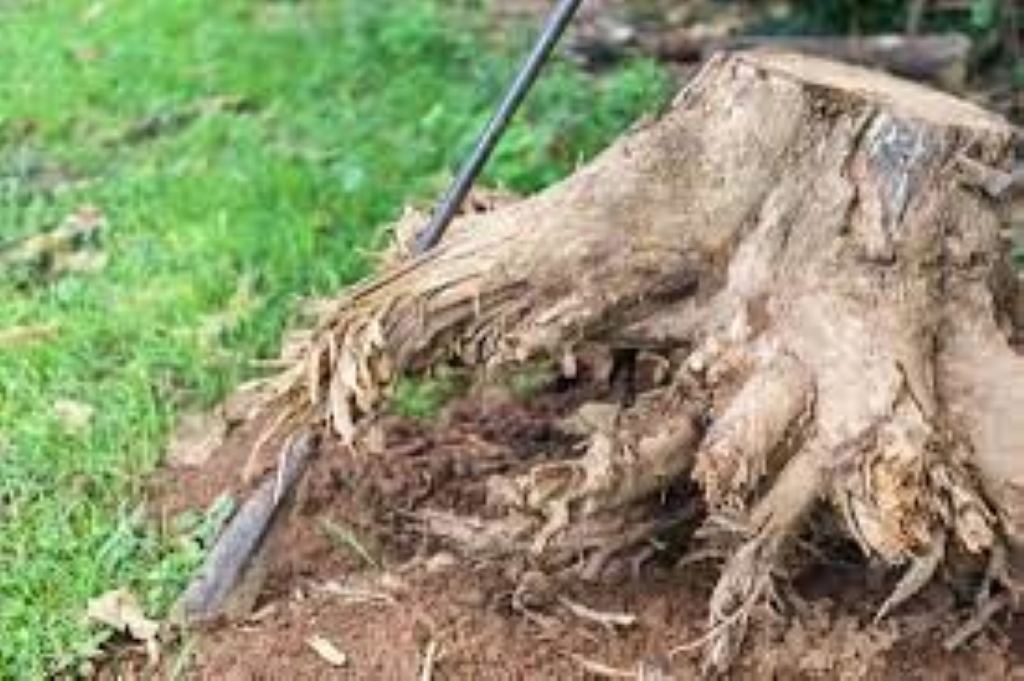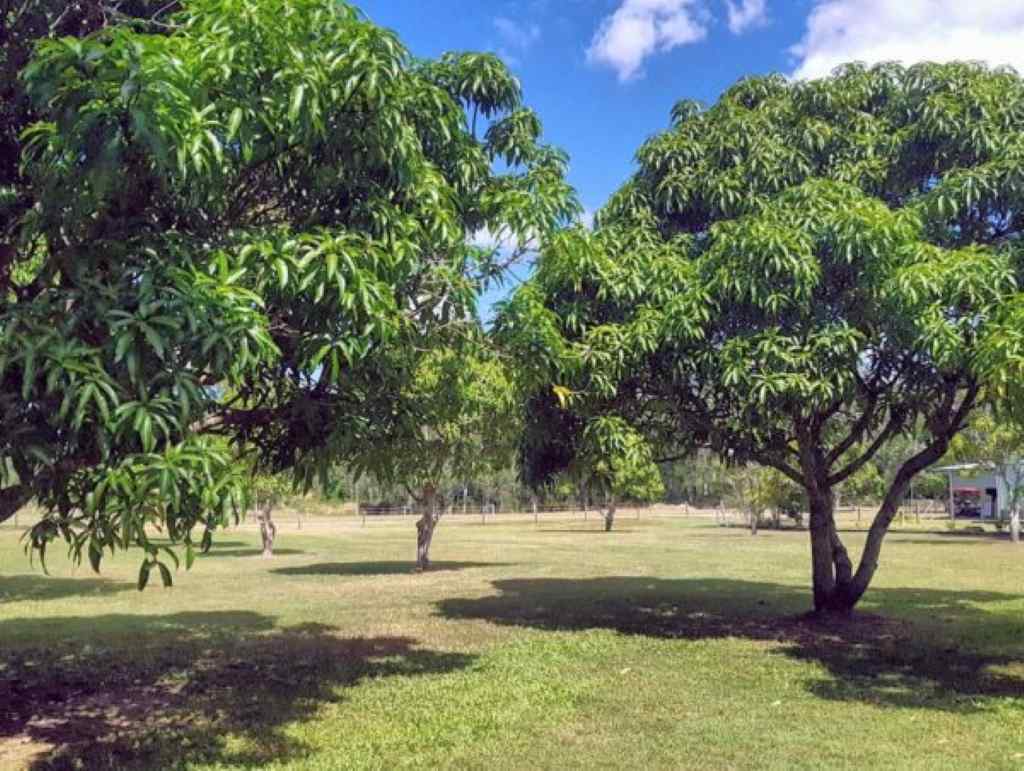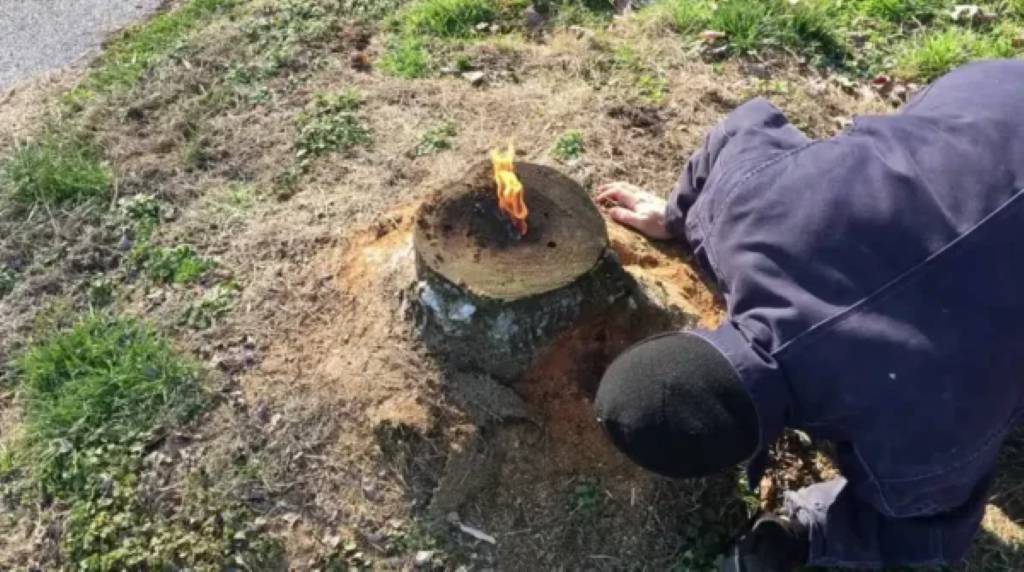Remove moss from the tree
Mosses, the diminutive and often overlooked members of the plant kingdom, possess a remarkable charm and ecological significance that belie their small stature. These ancient plants have been thriving on Earth for over 350 million years, and their ability to adapt and thrive in diverse environments is nothing short of fascinating. However, when this green invader starts creeping up your trees in the yard, it can become a cause for concern. Moss can affect the health and aesthetics of your trees if left unchecked. Learn how to remove moss from the tree?
How to remove moss from the tree?
Materials:
- Soft-bristle brush or sponge
- Gloves
- A ladder or extendable pole (if moss is on higher branches)
- Water hose with a spray nozzle
Safety First
Before you begin, put on your gloves to protect your hands. If you’re using a ladder or pole, ensure it’s sturdy and positioned on level ground to prevent accidents.
Choose the Right Time
Pick a dry day for moss removal. Moss is easier to remove when it’s dry and brittle, so avoid rainy or dewy mornings. Moss typically grows on trees in areas with high moisture, limited sunlight, and poor air circulation.
Start Brushing
Gently scrub the moss off the tree trunk or branches using a soft-bristle brush or sponge. Begin from the bottom and work your way up
Collect Moss Debris
As you remove the moss, it will fall to the ground. Use a rake or your gloved hands to collect and dispose of the moss debris. This prevents the moss from reattaching to the tree.
Rinse the Tree
Rinse the tree thoroughly with a water hose equipped with a spray nozzle. This helps wash away any remaining moss spores or fragments.
Post-Removal Maintenance
To discourage moss from returning, consider the following maintenance tips:
- Increase Sunlight: Trim branches and foliage that create excessive shade, especially around the trunk and lower branches. More sunlight reduces favorable conditions for moss growth.
- Improve Soil Drainage: Moss loves moisture, so ensure proper soil drainage by adding organic matter to improve soil quality.
- Monitor Irrigation: Avoid overhead irrigation that saturates tree bark. Instead, opt for a drip or soaker hose system to deliver water directly to the soil.
- Prune Overhanging Foliage: Regularly trim overhanging branches and foliage to reduce shade and increase air circulation around the tree.
Observe and Repeat
Keep an eye on your tree over the following months. If you notice new moss growth, repeat the removal process as needed.
Related Posts:
Can We Plant a Tree where the Stump was Removed?
Here are some effective tricks for removing moss from trees:
1. Manual Removal:
- Gently scrub moss off tree bark with a soft-bristle brush or sponge.
- Why It Works: Manual removal is gentle and eco-friendly, minimizing harm to the tree.
2. Baking Soda Solution:
- Create a mixture of water and baking soda, then spray or brush it onto the moss-covered areas.
- Why It Works: Baking soda alters the pH level on the tree’s surface, making it less hospitable for moss.
3. Vinegar Solution:
- Dilute white vinegar with water and apply it to the moss.
- Why It Works: The acidity of vinegar helps dissolve and loosen moss.
4. Soap and Water:
- Mix mild liquid soap with water, spray it on the moss, and gently scrub.
- Why It Works: The soap breaks down the moss, making it easier to remove.
5. Copper Strips:
- Install copper strips or wires on the tree trunk. Rainwater will carry copper ions down the tree, inhibiting moss growth.
- Why It Works: Copper is toxic to moss and prevents it from establishing.
6. Increase Sunlight Exposure:
- Trim overhanging branches to allow more sunlight to reach the tree’s bark.
- Why It Works: Moss prefers shaded areas, so increasing sunlight reduces its growth.
7. Prune Overgrown Foliage:
- Regularly trim branches and foliage around the tree to improve air circulation.
- Why It Works: Better air circulation discourages moisture buildup, which moss thrives on.
8. Improve Soil Drainage:
- Add organic matter to the soil to enhance drainage, reducing excess moisture.
- Why It Works: Moss prefers damp conditions, so improving drainage makes the environment less favorable.
9. Monitor Irrigation:
- Use a drip or soaker hose irrigation system to deliver water directly to the soil, avoiding wetting the tree’s bark.
- Why It Works: Moss thrives in wet conditions, so controlled irrigation prevents moisture buildup.
10. Regular Maintenance:
- Implement a routine where you periodically check for moss growth and perform preventive measures.
- Why It Works: Consistent maintenance helps keep moss from returning.
11. Professional Help:
- If moss infestation is severe or persists, consider consulting an arborist or tree care professional.
- Why It Works: Experts can assess the situation and recommend effective removal methods.
Conclusion:
Removing moss from trees is achievable with a range of effective tricks, from manual scrubbing to eco-friendly solutions. It’s essential to choose methods that suit your tree’s unique conditions and to maintain a moss-free environment by improving sunlight exposure, enhancing drainage, and practicing regular upkeep. With these tricks, you can ensure the health and vitality of your trees while keeping moss at bay.




